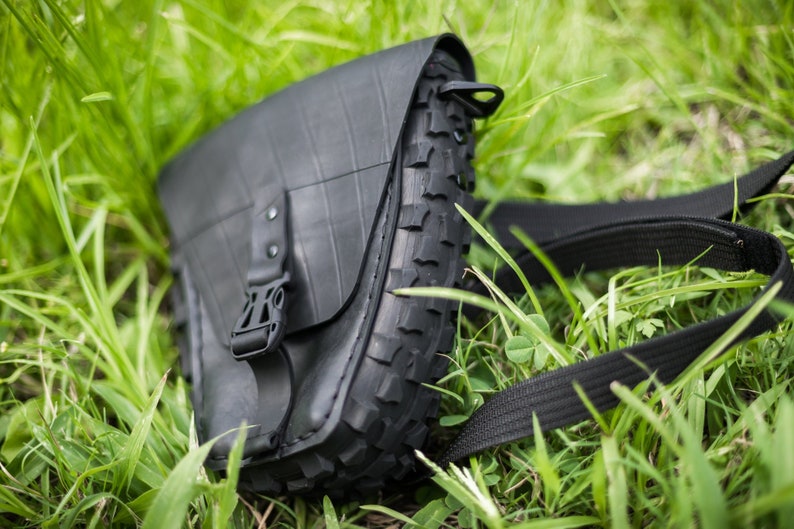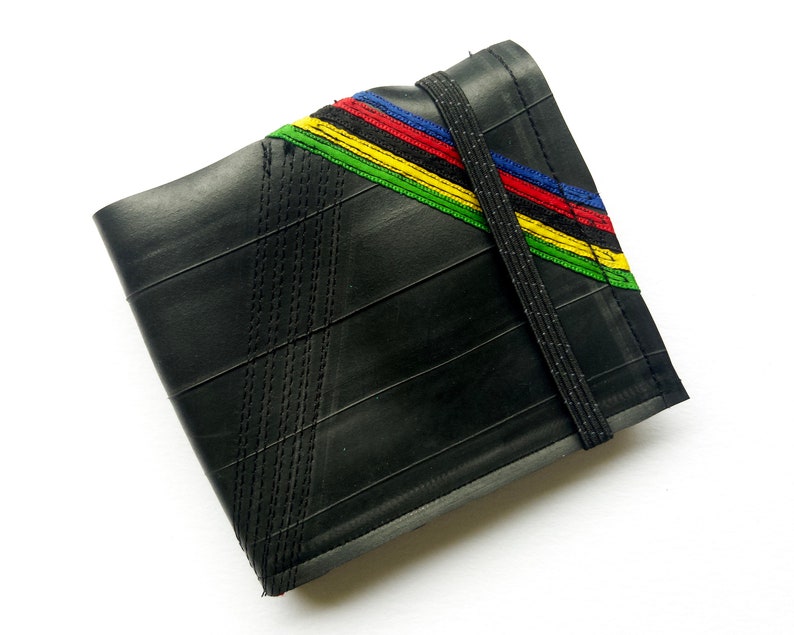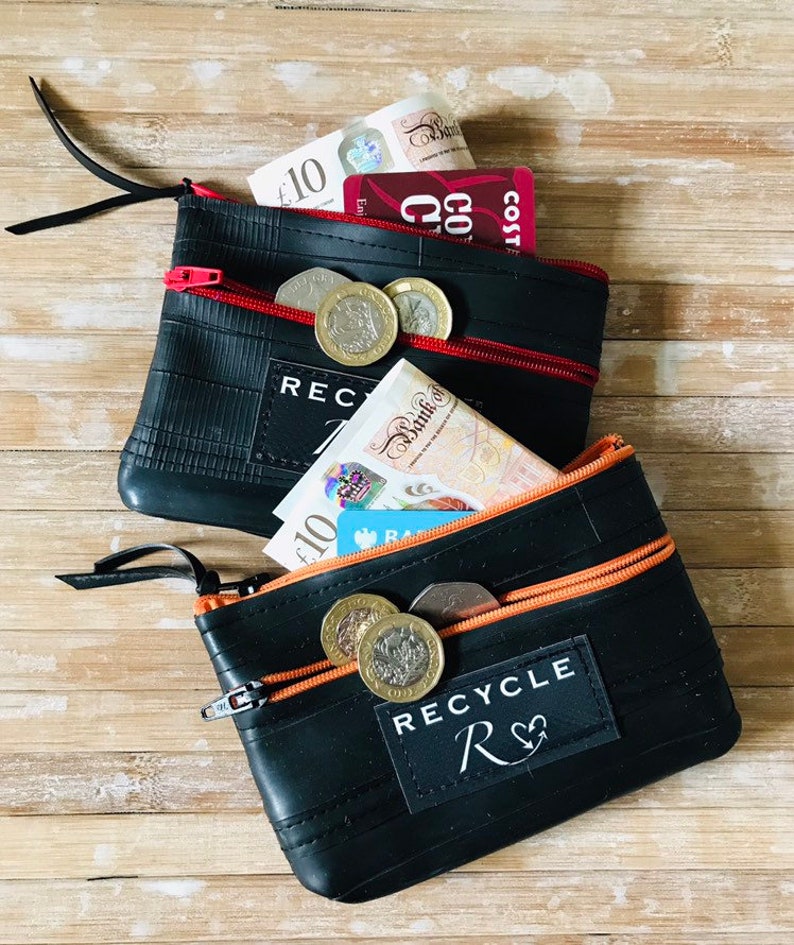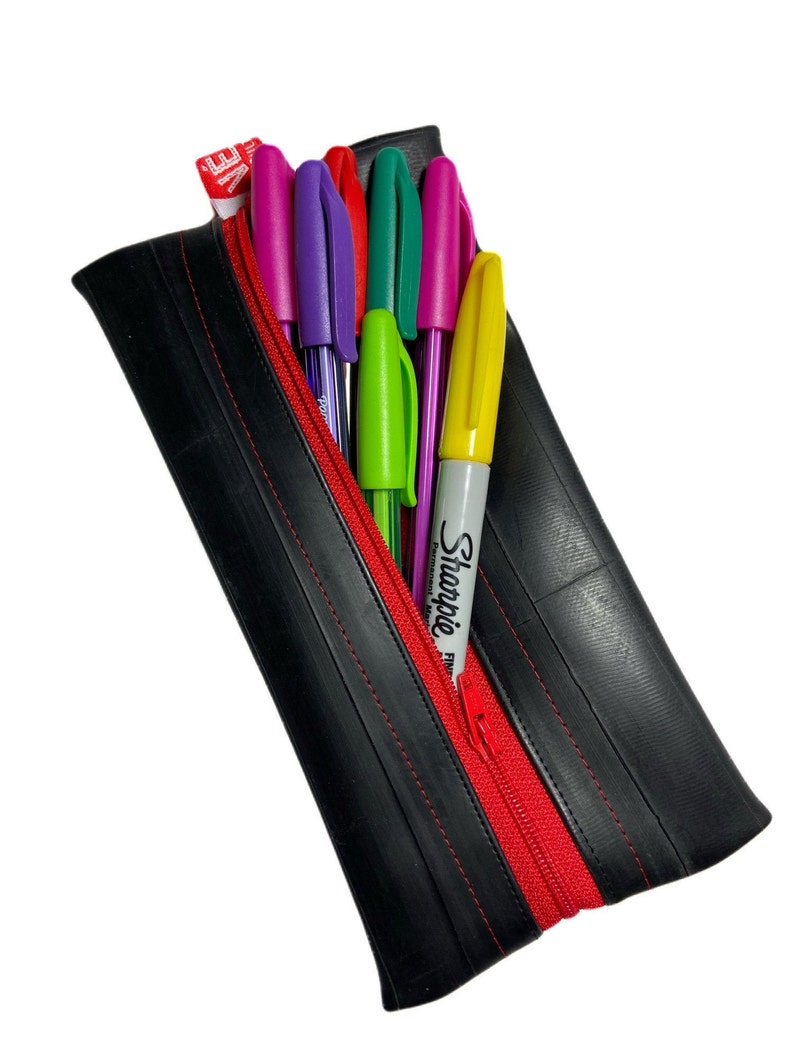hookooekoo
Senior Retro Guru
I've seen goods made from recycled inner tubes and tyres, so it's not all bad news. Below are a few examples:




Click here for a wonderful world of stuff made from recycled inner tubes and tyres.
Upcycled Recycled Handmade Inner Tube Pocket Belt Tyre Hip Bag Festival Eco Friendly Fair Trade Rave Biker Waterproof Travel Pouch

The Champion - Inner tube Coin Flatty - 100% Upcycled Inner tube Coin Wallet- Vegan

Inner tube coin purse, recycled coin purse, ethical coin purse, vegan coin purse, cyclists purse, coin purse for cyclists, vegan purse

Puncture Pouch Pencil Case Upcycled Inner tube storage pouch

Click here for a wonderful world of stuff made from recycled inner tubes and tyres.